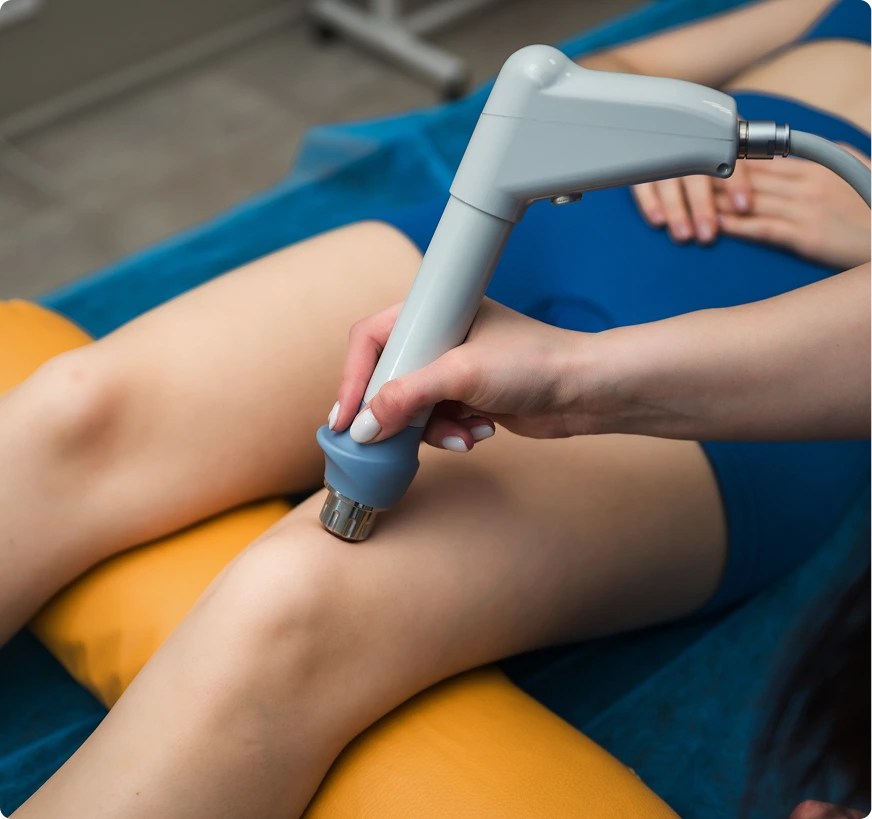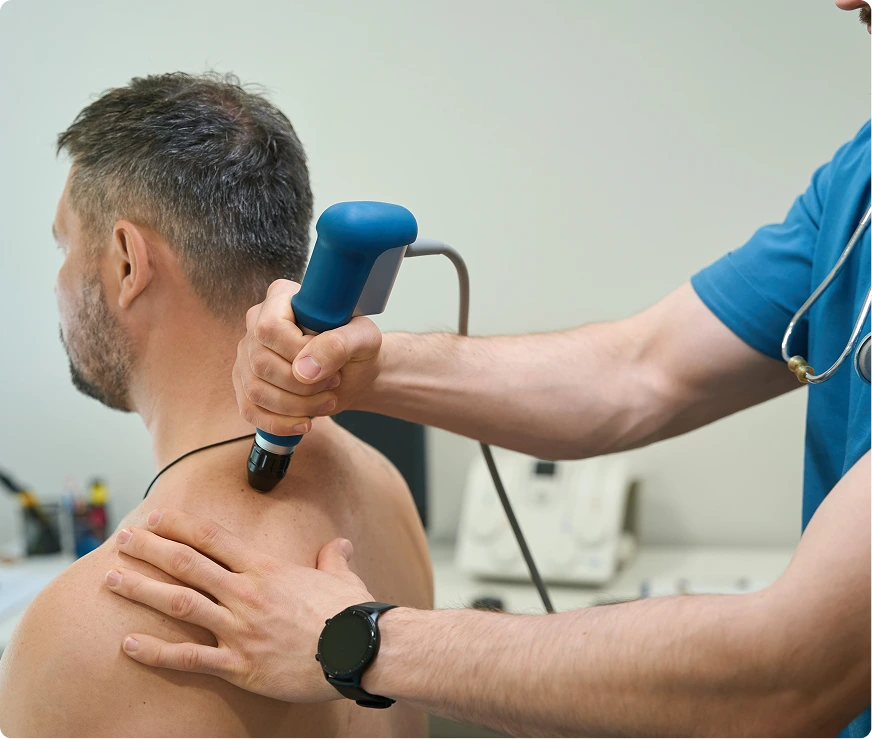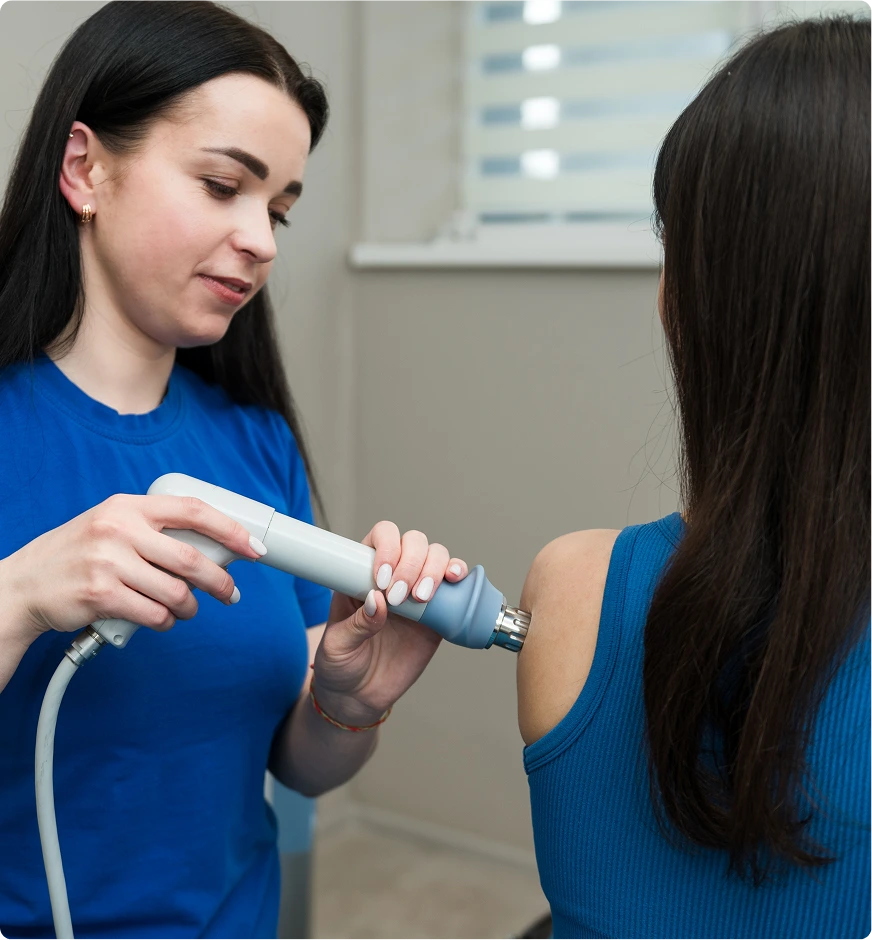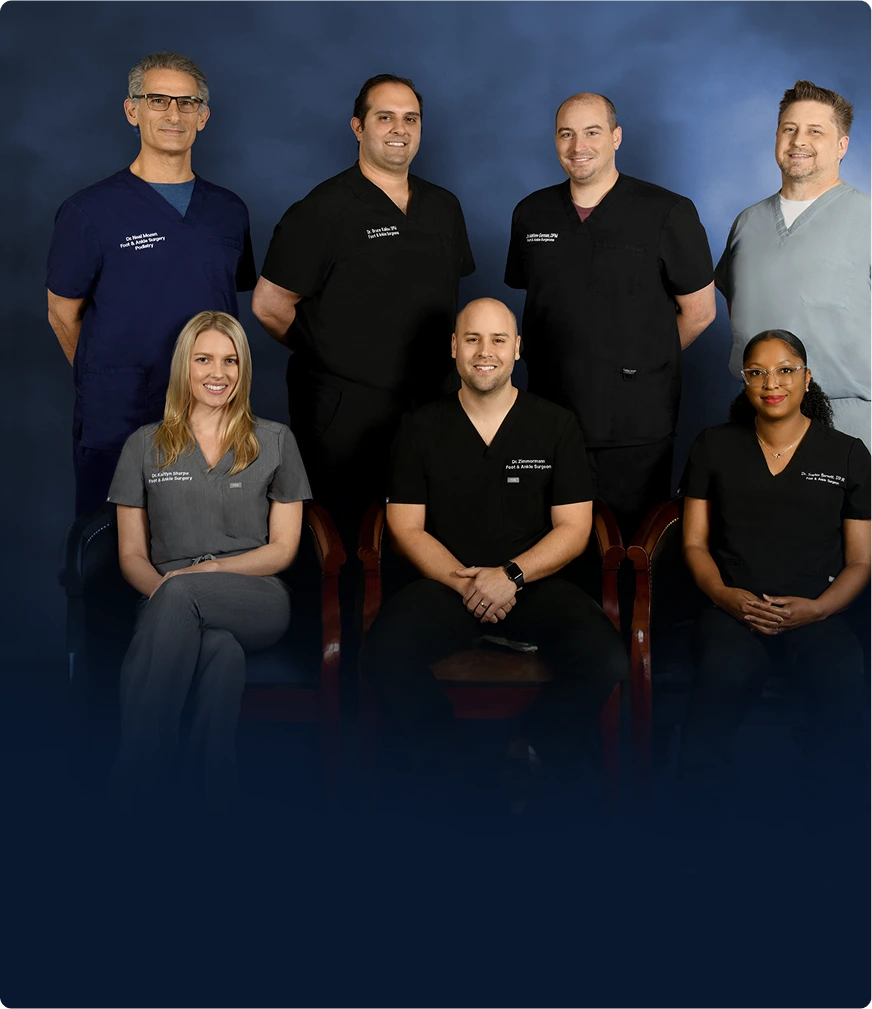Foot HealthCare Associates offers shockwave therapy at our locations in Novi, Southfield, Howell, Livonia as part of our commitment to advanced, non-surgical care. Many people seek this treatment after struggling with pain that interferes with walking, working, or enjoying regular movement. When symptoms persist despite rest, medication, or physical therapy, they often begin looking for new options. With the right approach, such as shockwave therapy, even the most complex cases can lead to meaningful relief.

Plantar Fasciitis
Plantar fasciitis is a common condition treated with shockwave therapy, often caused by overuse or strain on the thick band of tissue that runs along the bottom of the foot. The treatment targets the inflamed area to support tissue regeneration and reduce discomfort. Many patients seek relief from persistent heel pain that worsens in the morning or after long periods of standing. Shockwave therapy focuses on the site of irritation without requiring surgical intervention.
Achilles Tendonitis
Tennis Elbow & Golfer's Elbow
Jumper's Knee
Calcific Shoulder Tendinopathy

Preparation
Treatment
Post-Treatment Care
Final Session


The cost of shockwave therapy in Novi, Southfield, Howell, Livonia ranges from $150 to $300 per session, depending on the specific condition being treated and the number of recommended sessions. Pricing may vary based on whether the therapy is part of a broader treatment plan or a standalone service. To get a more accurate estimate tailored to your specific needs, contact our board-certified doctor for a personalized consultation and treatment overview.

Does insurance cover shockwave therapy?
Is it possible to heal chronic conditions with shockwave therapy?
Can I combine shockwave therapy with other treatments?
How long does shock wave therapy stimulate the body's natural healing process?